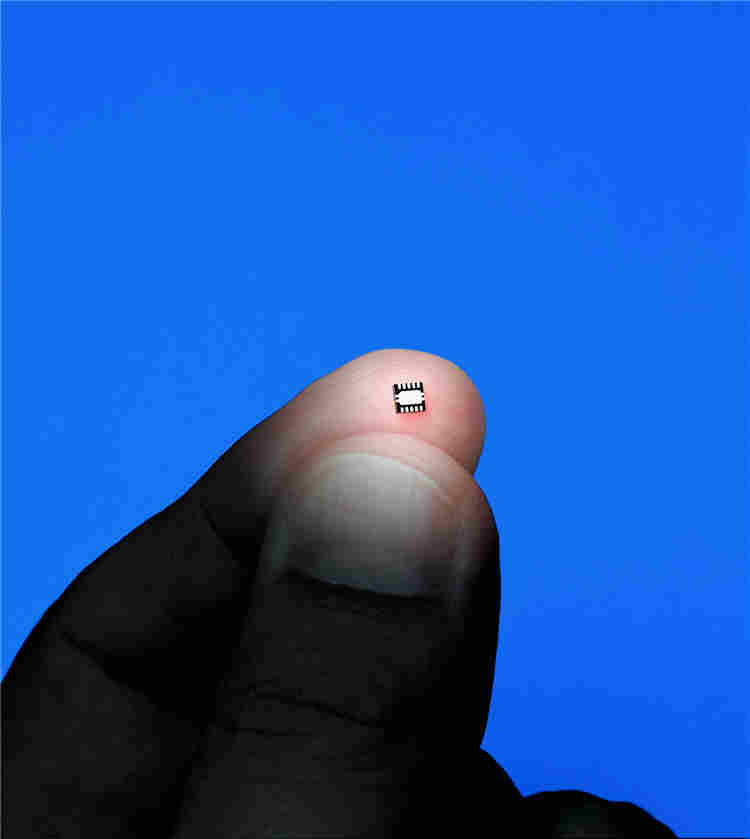By Jack Ganssle
60 Years of Change
The IEEE's Computer Society is 60 years old this year. It was organized the very same year ENIAC started operation, which is an astonishingly-fast reaction to the start of the computer age. Before ENIAC mechanical calculators were common, but there were only two or three electronic computers of any type.
ENIAC sucked 150 KW, or about the same as 2000 Pentium 4 chips. That's 500 million times the power used by some of TI's MSP430 processors when operating at 1 MHz (200 times the ENIAC's clock rate).
It took up to 29 milliseconds to do a division. The Pentium 4 (depending wildly on operating conditions) is something like a million times faster yet almost twice as precise.
The machine cost $500k in 1946 dollars, equivalent to $5,134,000 today. Now some variants of Microchip's PIC10 go for $0.39. This, of course, is an unfair comparison since the ENIAC's price included development. But in this era of $330 million fighter jets one has to admire ENIAC's designers for bringing in a government contract so cheaply.
ENIAC weighed 30 tons and occupied some 2400 cubic feet of volume. That's a far cry from today's processors that middle-aged myopics can barely see. Check out this part:

A long way from ENIAC: A Silicon Laboratories' 8051-varient. (Photo by permission of Silicon Laboratories).
The Computer Society's magazine, Computer, has been published since about 1967. Consider how much has changed since then! In 1967 big iron still ruled. The UNIVAC 1108 was in its heyday. It sported a maximum memory size of 256k 36 bit words, or a bit more than one MB, yet, depending on configuration, cost millions of dollars. The machine filled a large room.
DEC's PDP minicomputers were king at that time. The company priced core memory at about $17,000 (in today's dollars) for 8K bytes. Bill Gates grew up on PDP-11s, so maybe it's no surprise he later said that no one would need more than 640KB.
Today Computer has a column that lists articles they ran 16 and 32 years ago. That former date is 1990. Windows 3.0 had just appeared. It was practically unusable, though still small enough to be distributed on floppy disks. 8.3 filenames were still the only choice. Linux didn't exist.
The 33 MHz 486 had just been released for $1330 in today's dollars. Laptop variants came in PLCC packages! Compare that to today's exotic packaging technologies. The PowerPC was still years away and Apple's Mac used 68k-derived processors. That was the year Advanced RISC Machines was founded. now known as ARM.
Few embedded systems used 32 bitters, instead favoring 8 bit processors like Motorola's 68HC11. The part remains popular today, and 486's are ironically now seen only in embedded applications.
In 60 years the computer industry was born and matured. The pace of technological evolution has been breathtaking. But that's true of any segment of time in this business, as illustrated by how far we've come in just the last 16 years.
Can you imagine where we'll be 60 years hence? Or. even 16?

